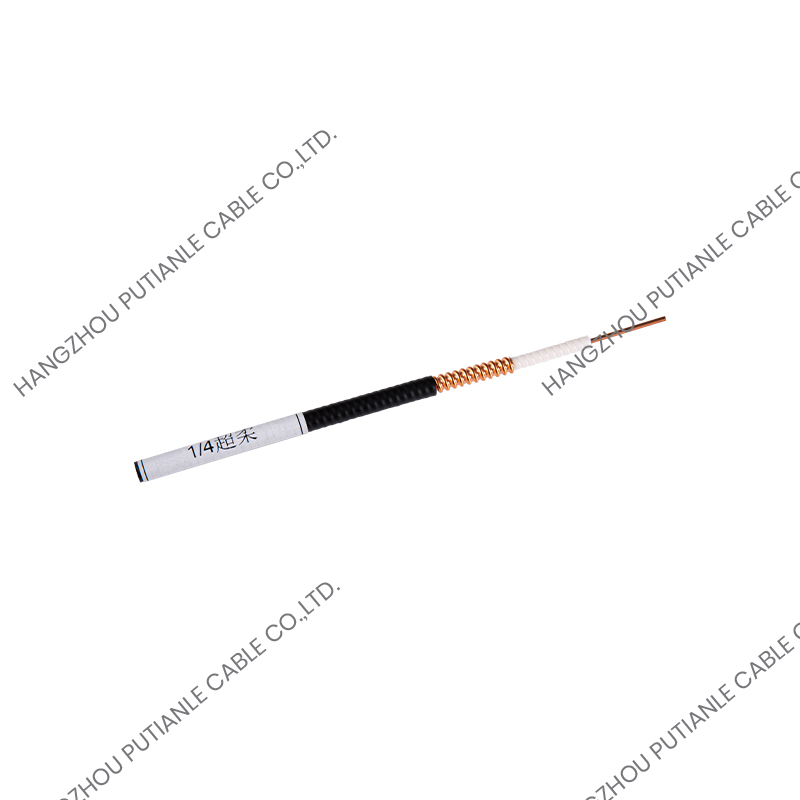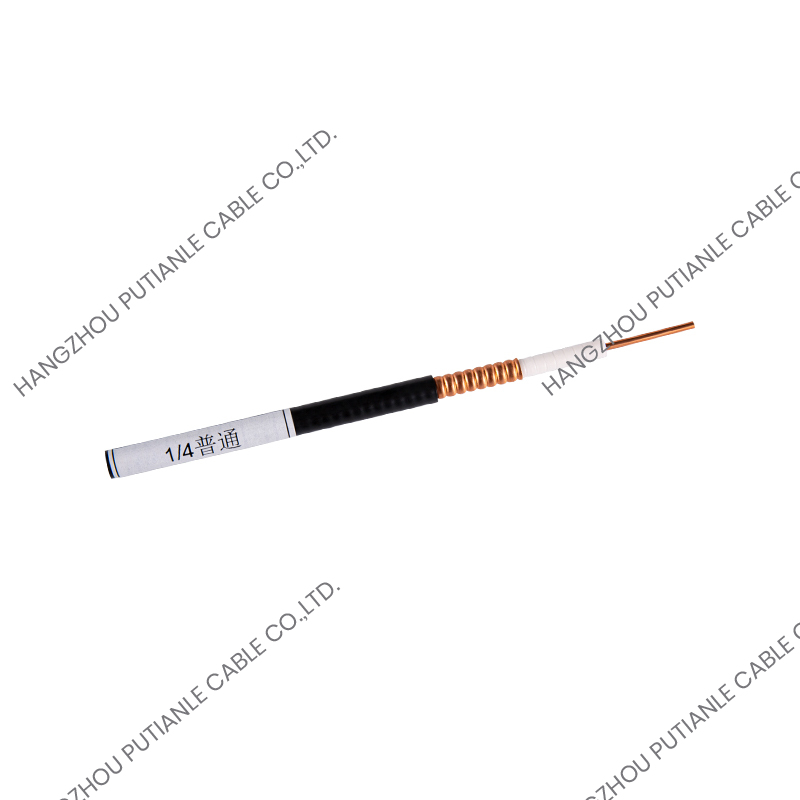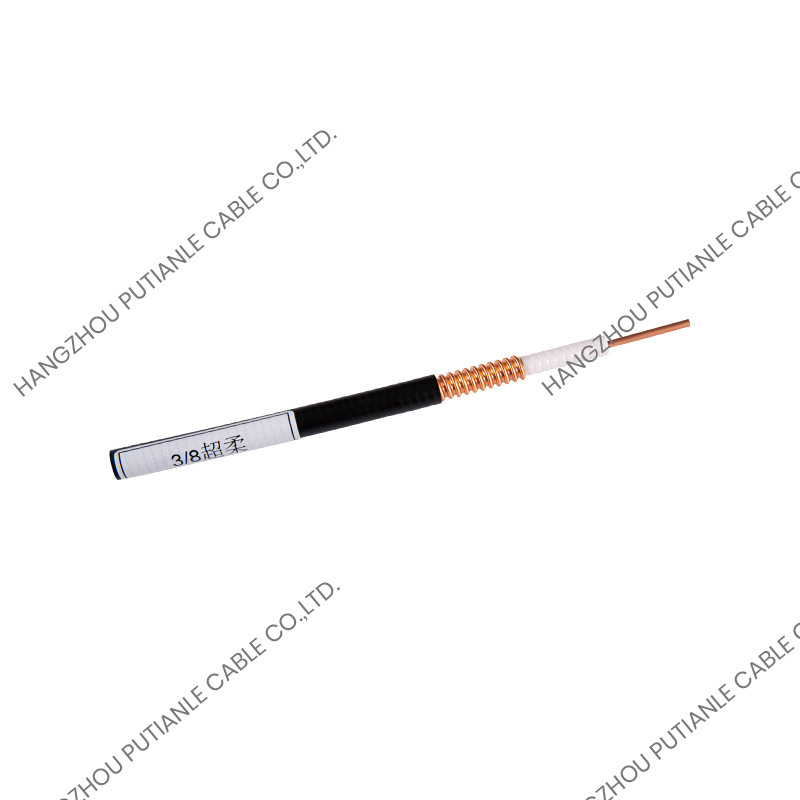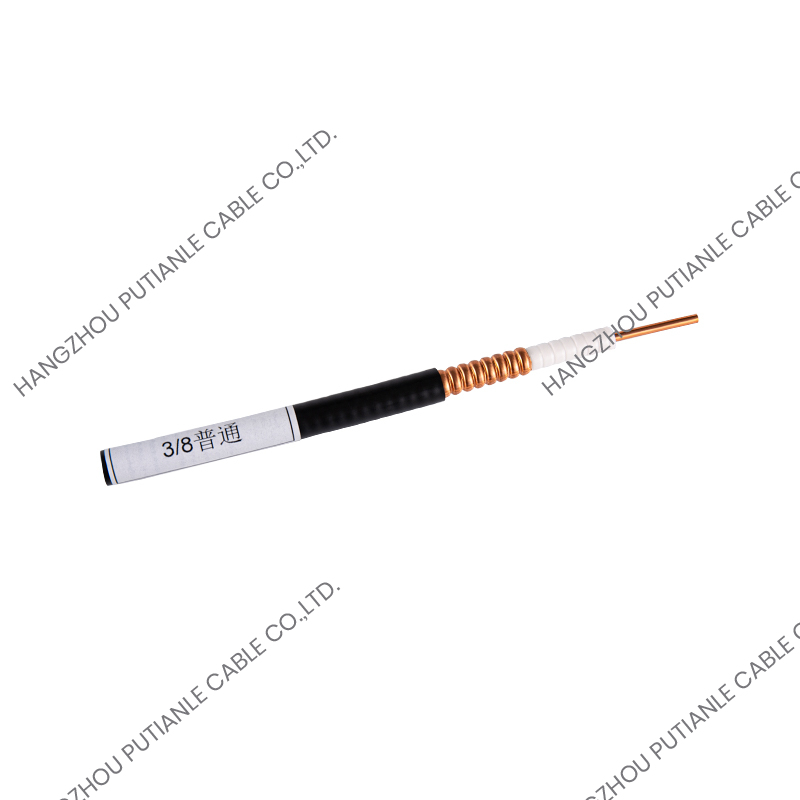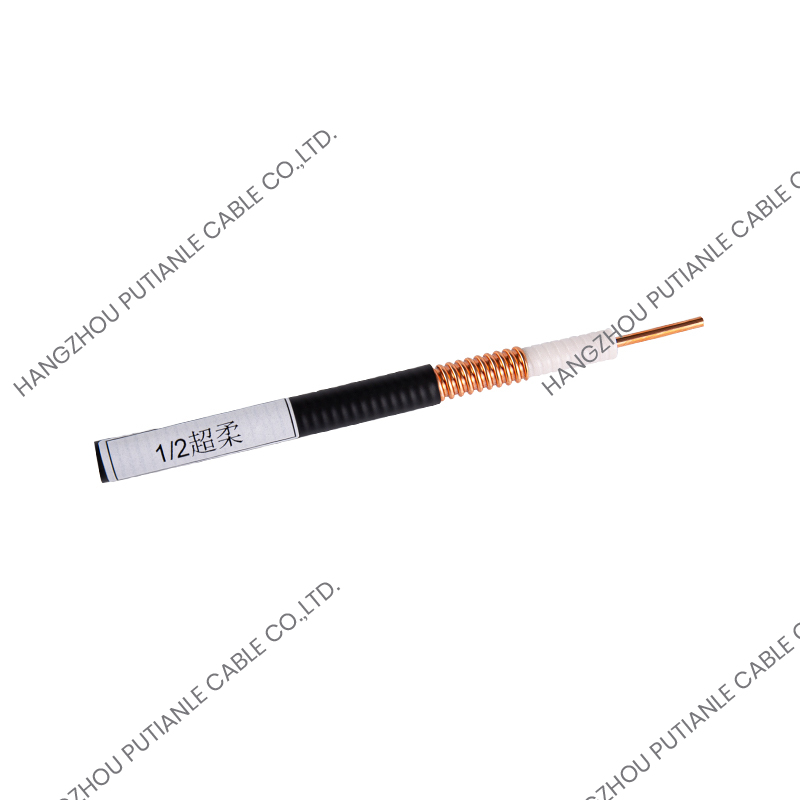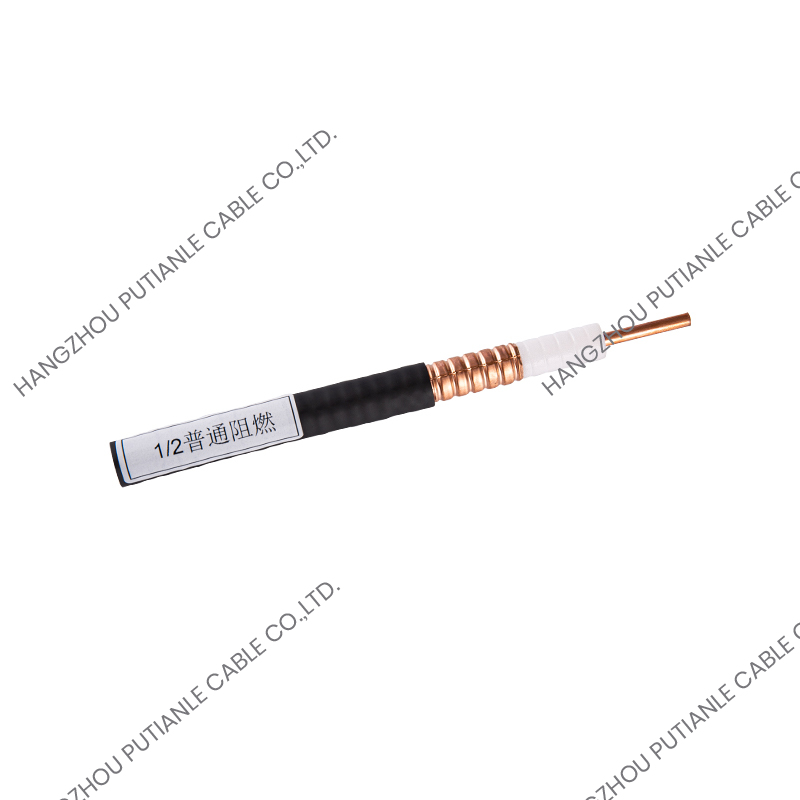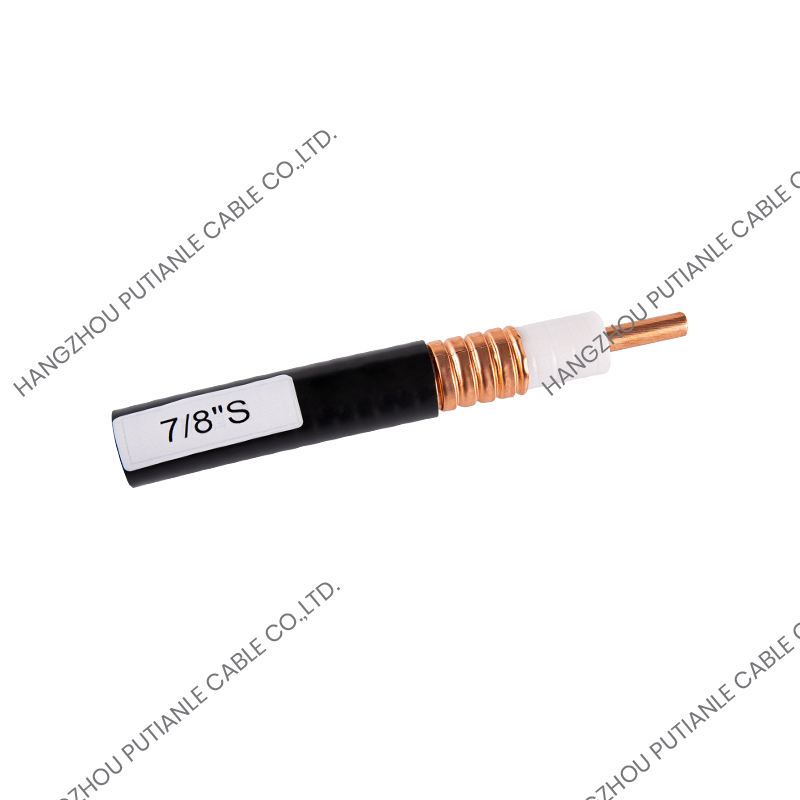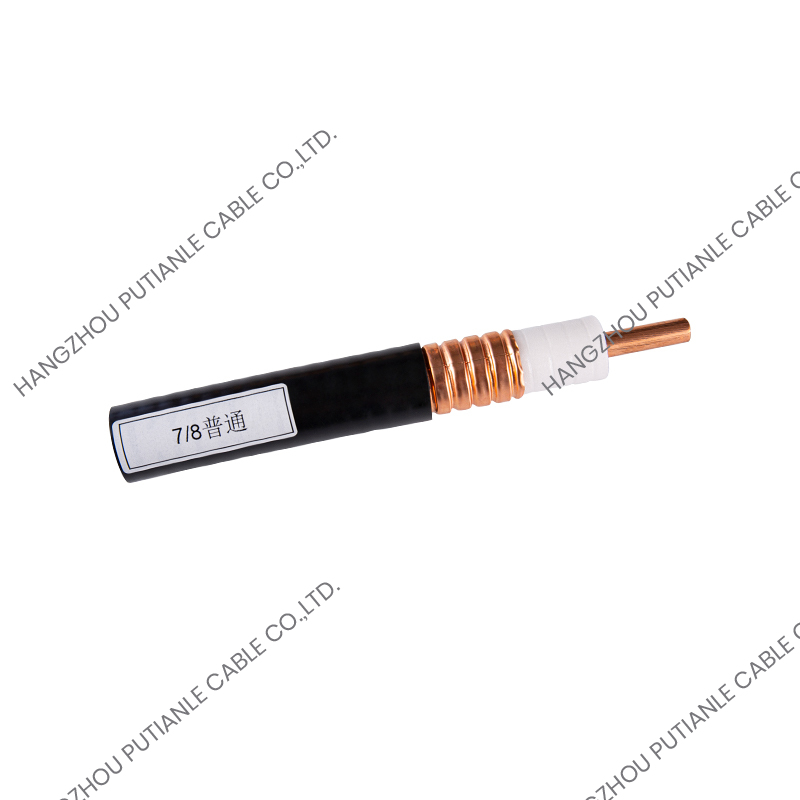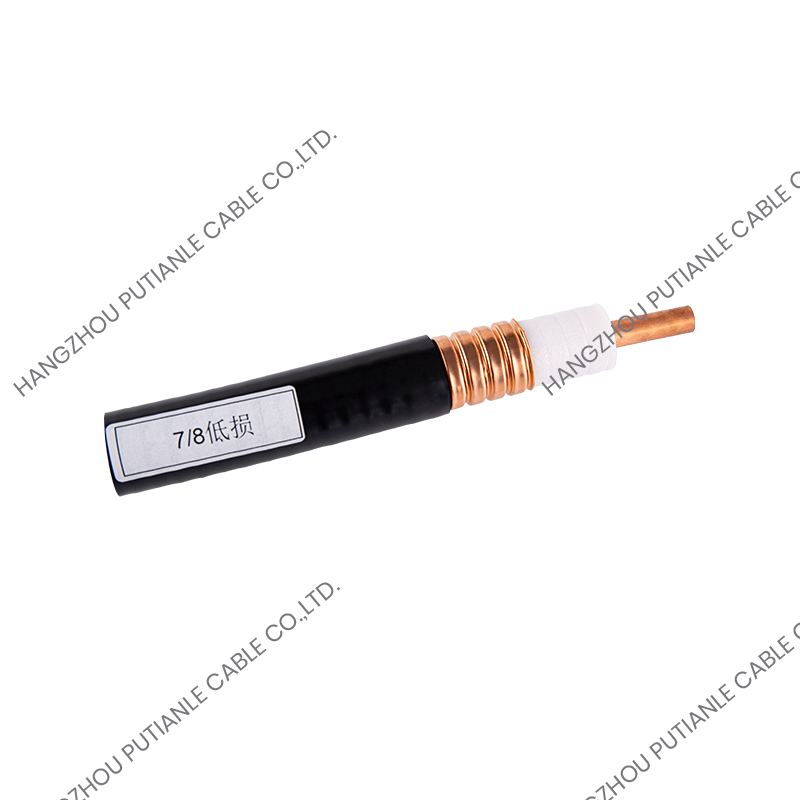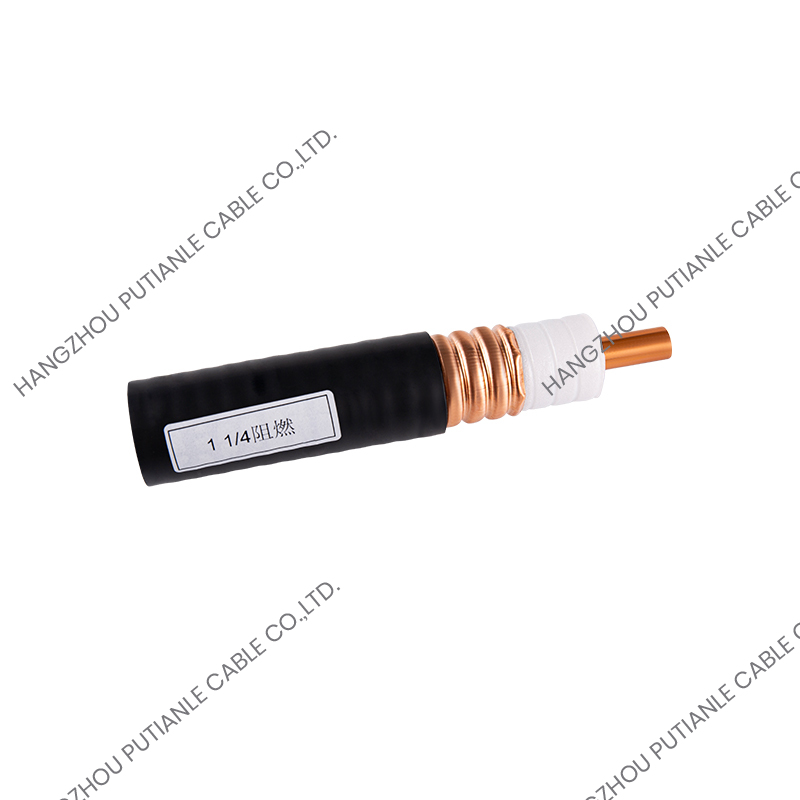In today’s hyper-connected world, where high-definition video, ultra-fast data transfer, and reliable communication systems are non-negotiable, the quality of cabling infrastructure plays a critical role in performance. Among the most trusted and widely used coaxial cable types in professional and consumer applications is the 75 Ohm Braiding Cable—a precision-engineered solution designed for optimal signal integrity, minimal interference, and long-distance transmission of audio, video, and digital data.
From broadcast studios and security systems to satellite TV installations and digital signage networks, 75 ohm braiding cables serve as the backbone of modern signal distribution. Their unique impedance rating, combined with a robust braided shielding design, ensures clean, stable, and high-fidelity transmission—making them the preferred choice for engineers, installers, and system integrators worldwide.
In this comprehensive, SEO-optimized article, we’ll explore what 75 ohm braiding cables are, how they work, their key advantages, common applications, and why they remain the gold standard for RF (radio frequency) and video signal transmission.
What Are 75 Ohm Braiding Cables?
75 Ohm braiding cables are a type of coaxial cable engineered to maintain a characteristic impedance of 75 ohms, which is the industry standard for transmitting video and digital signals. The term "braiding" refers to the construction of the cable’s shielding layer—typically made from a tightly woven mesh of fine tin-coated or bare copper wires that surround the inner dielectric and center conductor.
This braided shield provides superior protection against electromagnetic interference (EMI) and radio frequency interference (RFI), ensuring that the signal traveling through the cable remains clear and undistorted. Combined with a foam or solid dielectric insulator and a high-purity copper or copper-clad aluminum (CCA) center conductor, 75 ohm braiding cables deliver exceptional performance in both analog and digital signal applications.
These cables are commonly used in RG-type formats such as RG6, RG11, and RG59, with RG6 being the most popular for modern high-bandwidth applications like HDTV, satellite, and broadband internet.
Why 75 Ohms? The Science Behind the Impedance
Impedance is a measure of resistance to alternating current (AC) in a transmission line. In coaxial cables, maintaining a consistent impedance is crucial to prevent signal reflections, loss, and distortion.
The 75 ohm standard was specifically developed for video and broadcast applications because it offers the ideal balance between low signal attenuation and high voltage handling over long distances. Compared to 50 ohm cables (used primarily in data and two-way radio communications), 75 ohm cables have lower capacitance and reduced power loss, making them more efficient for carrying high-frequency video and digital signals.
When a 75 ohm cable is paired with 75 ohm connectors (like F-type or BNC) and matched to 75 ohm equipment, the entire system operates at peak efficiency—minimizing signal bounce and maximizing clarity.
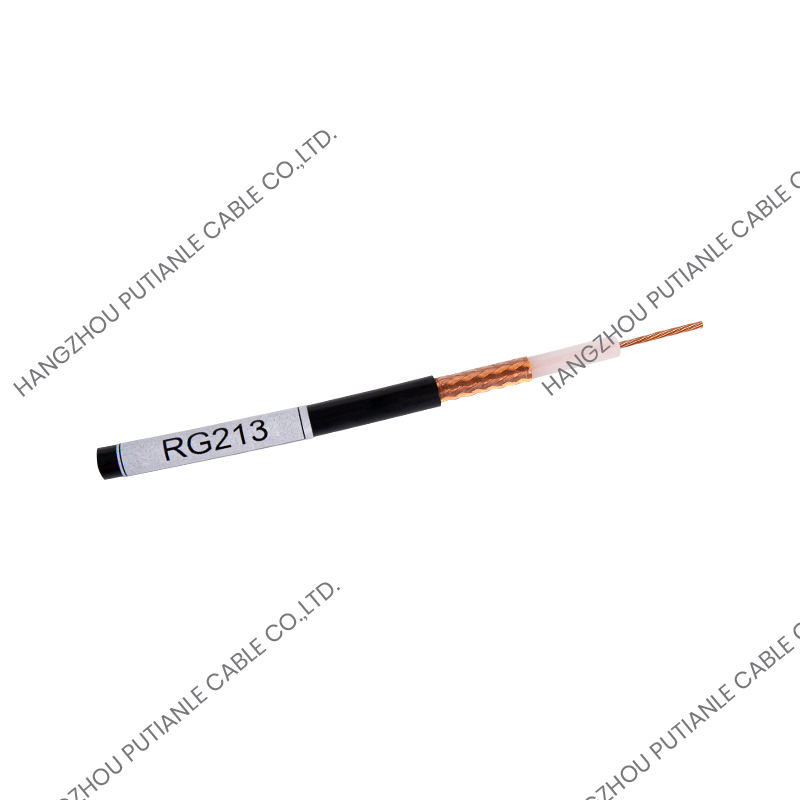
How Does Braided Shielding Improve Performance?
One of the defining features of 75 ohm braiding cables is their braided copper shield, which plays a vital role in signal protection:
High Coverage: A dense braid can cover
80–95% of the inner conductor, blocking external noise from disrupting the signal.
Flexibility and Durability: Unlike foil-only shields, braided shields maintain integrity even when bent or flexed during installation.
Superior EMI/RFI Rejection: The conductive mesh acts as a Faraday cage, absorbing and diverting interference away from the core signal.
Grounding Efficiency: The braid provides a low-resistance path to ground, enhancing safety and signal stability.
Many high-end 75 ohm cables use dual-shield or quad-shield designs—combining a braided layer with one or more aluminum foil layers—to achieve near-total interference protection, especially in electrically noisy environments like industrial facilities or urban buildings.
Key Advantages of 75 Ohm Braiding Cables
Exceptional Signal Clarity
Engineered for high-frequency transmission, these cables support bandwidths up to 3 GHz or more, making them ideal for HD, 4K, and even 8K video signals.
Low Attenuation Over Distance
Thanks to their optimized impedance and quality dielectric materials, 75 ohm cables maintain strong signal strength over long runs—up to 100 meters or more with proper amplification.
Wide Compatibility
Used in a vast range of applications including cable TV, satellite dishes, CCTV, IPTV, digital audio, and antenna systems.
Durability and Longevity
UV-resistant jackets (often black PE or PVC) protect the cable from sunlight, moisture, and physical damage, making them suitable for both indoor and outdoor installations.
Easy Installation and Termination
Standard F-connectors are widely available and simple to crimp or compress, allowing for quick, reliable connections.
Cost-Effective Performance
Compared to fiber optic or active HDMI solutions, 75 ohm braiding cables offer a high-performance, low-cost alternative for most video and RF distribution needs.
Common Applications of 75 Ohm Braiding Cables
1. Broadcast and Television
Used in studios, OB vans, and transmission facilities to carry SDI (Serial Digital Interface), HD-SDI, and analog video signals with zero latency and maximum reliability.
2. CCTV and Security Systems
Essential for analog and HD-over-Coax systems (like HD-TVI, HD-CVI, AHD), where long cable runs connect cameras to DVRs without signal degradation.
3. Satellite and Cable TV Distribution
The standard cable for connecting satellite dishes, cable modems, and set-top boxes to TVs in homes, hotels, and commercial buildings.
4. Digital Signage and AV Installations
Used to transmit high-definition content from media players to displays in retail, education, and corporate environments.
5. Antenna and RF Signal Distribution
Ideal for connecting TV antennas, FM radio receivers, and GPS systems where signal purity is critical.
6. Telecommunications and Broadband
Used in hybrid fiber-coaxial (HFC) networks by ISPs to deliver internet and VoIP services over the “last mile.”
7. Medical and Industrial Imaging
In equipment like ultrasound machines and endoscopes, where precise video transmission is essential for diagnostics.
75 Ohm vs. 50 Ohm Cables: When to Use Which?
While both are coaxial cables, their applications differ significantly:
75 Ohm Cables: Optimized for video, audio, and broadcast signals. Lower signal loss at high frequencies makes them perfect for HD video and digital transmission.
50 Ohm Cables: Designed for data and RF power transmission, such as in two-way radios, Wi-Fi antennas, and cellular boosters, where power handling is more important than bandwidth.
Using the wrong impedance can lead to signal reflection, poor picture quality, or equipment damage—so always match the cable to the system.
Choosing the Right 75 Ohm Braiding Cable
When selecting a cable, consider:
Shielding Type: Single braid, dual-shield, or quad-shield depending on EMI exposure.
Conductor Type: Solid copper for best performance; copper-clad aluminum for budget runs.
Jacket Material: PVC for indoor use; PE (polyethylene) for outdoor, UV-resistant installations.
Cable Gauge: Thicker center conductors (e.g., 18 AWG) reduce signal loss over long distances.
Certifications: Look for CL2/CL3 (fire safety), CMX (residential), or plenum-rated cables for commercial use.
Always choose cables that meet RG6/U or RG11/U standards for professional-grade performance.
The Future of 75 Ohm Cabling
Even in the age of fiber optics and wireless transmission, 75 ohm braiding cables remain relevant due to their reliability, affordability, and ease of use. Emerging trends include:
Higher Bandwidth Cables for 8K and HDR video
Smart Cables with built-in diagnostics
Hybrid Fiber-Coax Solutions for next-gen broadband
Eco-Friendly Materials and recyclable jackets
As long as there is a need for stable, high-quality signal transmission, 75 ohm braiding cables will continue to be a cornerstone of AV and communication systems.


 中文简体
中文简体 English
English Español
Español
